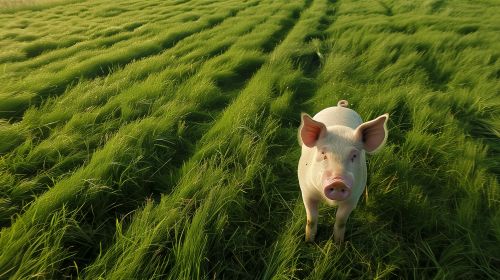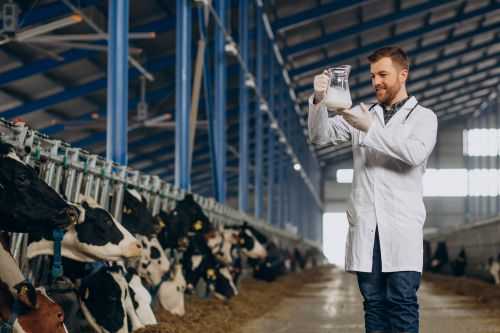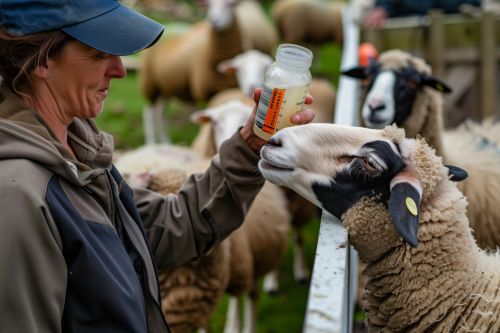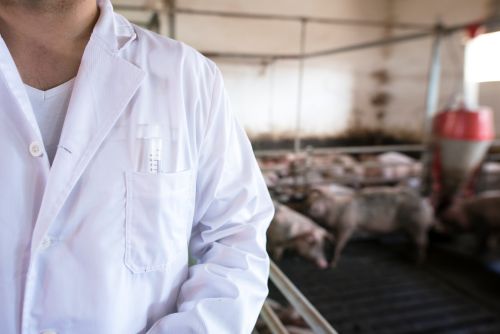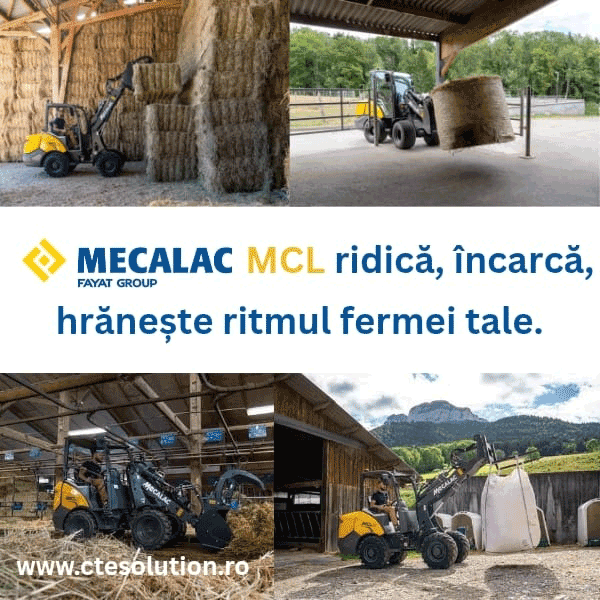788
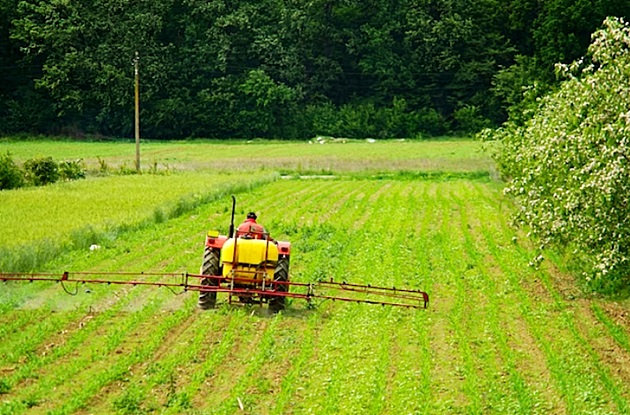
The Agricultural Research Center CRA-W in Belgium has brought together farmers, researchers, advisors, and others to establish a living lab to test the simultaneous application of pesticides and soil reduction strategies.
Didier Stilmant, head of the "Sustainability, Systems, and Perspectives" department at CRA-W explains: "After a successful event led by Greenotec, an agricultural association for agroecology and conservation agriculture, and CRA-W, we created the ABC group (Conservation Agriculture) as a living lab in 2016.
Subsequently, this group was supported by the TRANSAE - Interreg and DiverIMPACTS - Horizon 2020 projects. The ABC group proposes systemic innovations regarding pesticide reduction and soil reduction, tests them, improves them, and promotes them further in the farming community."
The Living Lab ABC group consists of 12 farmers spread throughout Wallonia, advisors from Greenotech, researchers, and technicians from CRA-W. Didier emphasizes the importance of the multi-actor approach in their group:
"We also have a sociologist on board who helps the group facilitate exchanges and communication among members, highlight unsaid things, and points of attention." The tested practices include strip-till, direct seeding under live mulch, relay cropping of cover crops, double-density cover crops, variety mixtures."
In this group, there are two types of farmers: organic farmers who would like to reduce soil work intensity and farmers from conservation agriculture who would like to decrease pesticide use and, more specifically, their use of herbicides or fungicides.
Vincent Renard is one of the farmers who joined the ABC group. Initially, he worked with conservation agriculture but returned to plowing ten years ago after switching to organic farming. Vincent:
"I decided to join the group because I wanted to gain new practical knowledge on how to reduce soil work intensity in field crops to improve soil fertility. Weed control is my biggest challenge."
Each farmer has a contact person from CRA-W and Greenotec. Together they define a specific action plan, which is shared and discussed with the entire group. Each farmer tests innovative practices on one hectare, and in parallel, a control plot enables comparison of results.
Parcel monitoring takes place over several years, with farmers committing to testing for three years. Vincent: "For me, it was important to be able to test specific equipment (no-till planter, strip-till) that is not available in the region, to see what it does on my farm."
Through the group, he was able to meet other farmers and researchers. Vincent: "Without the group, I would never have been able to meet them because they live far away.
We all look in the same direction, even if we have different points of view. Through the exchange of personal experience on the concrete problems we encounter on our farms, we will move forward faster. No one has the solution alone; together we learn faster."
Each year, the group organizes two events to present the latest results and analyze the effectiveness of the tested practices. One of these events takes place in the field. Vincent concludes: "The group is reassuring for me. If I want an opinion, information, or help, I can contact any member of the group at any time."
General Information
Didier Stilmant was one of the speakers at the EIP-AGRI Brokerage Event "Engaging in the EU Mission: A Soil Understanding for Europe". He explained how in Wallonia, Belgium, they have already implemented a "living labs" approach to inspire participants on how to establish living laboratories.
Living laboratories for soil health are defined as user-centered, on-site, and transdisciplinary research and innovation ecosystems that involve farmers, foresters, scientists, and other relevant partners in systemic research and co-design, testing, monitoring, and evaluating solutions in real-life settings to enhance their effectiveness for soil health and accelerate adoption.
These living labs are collaborations between multiple partners operating at the regional or subregional level and coordinate experiments across multiple sites in a regional or subregional area (or working landscapes).
In the coming years, 100 laboratories and lighthouses will emerge focusing on desertification reduction, conservation of organic soil carbon stocks, erosion prevention,... to achieve healthy soils in Europe by 2030.
From 2023, the European Commission will launch as part of the Soil Deal Mission, an annual call under Horizon Europe to potentially interested groups to set up a living lab.
